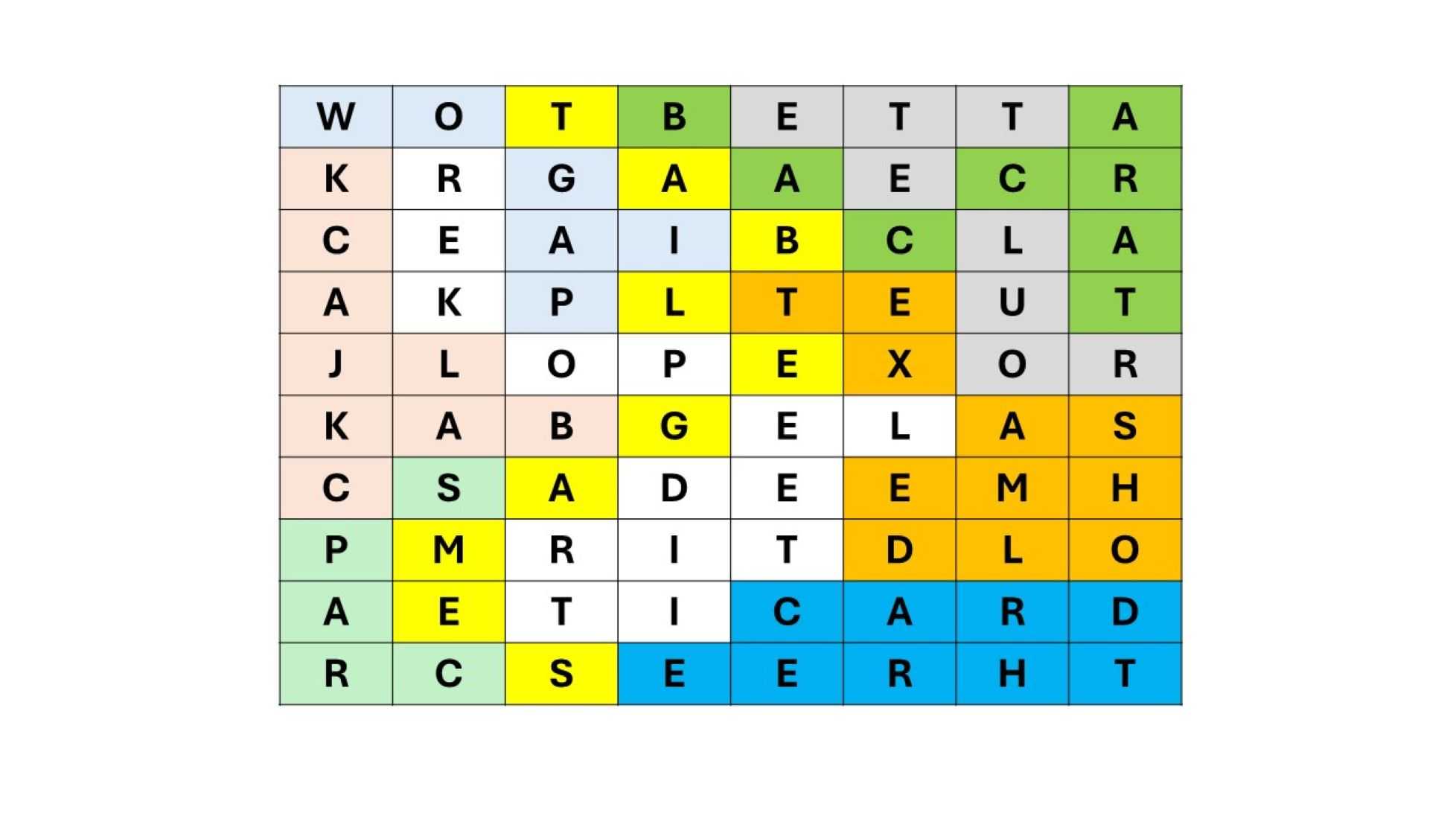
What Happens in Vegas? Trivia Quiz
This is a spangram/word search puzzle. A spangram is a word that will cross the grid from one end to the other and will provide the theme for the words you're searching for. Please read the instructions to find out how to play.
A label quiz
by pollucci19.
Estimated time: 3 mins.
